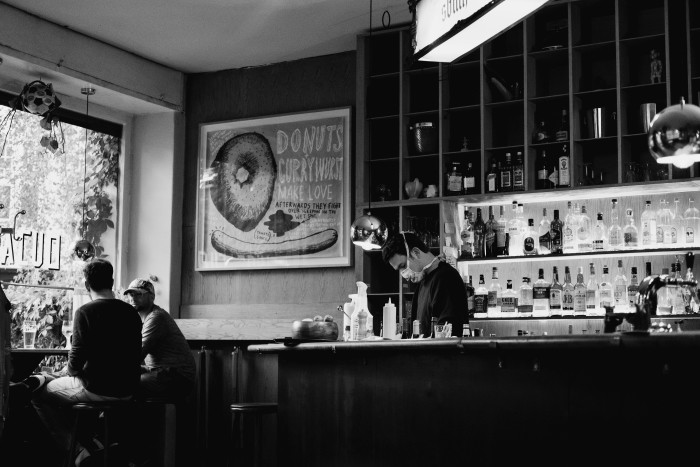
A report published by The Scientific Advisory Group for Emergencies (SAGE) has drawn conflicting conclusions as to whether pubs and bars act as transmission centres for Covid-19.
However, the report outlines strong evidence of a significant link between working in a bar, restaurant, or pub with increased odds of contracting the virus.
The report, published on 30 April, provides insights on the transmission of Covid-19 with a focus on hospitality, retail, and leisure sectors.
Evidence on the transmission within pubs and bars varies between studies, with one case-control study noting that “going to a pub or bar was associated with increased odds of [contracting coronavirus],” another reported “some weak evidence” to this, and a third case-control study found “no evidence that going to pubs and bars was associated with increased odds of becoming a Covid-19 case.”
The report also specifies that “eating out in any food outlet or restaurant was not associated with increased odds of becoming [infected with] Covid-19 in any of the case-control studies.”
Given the difficulties in determining exact locations of transmission and infection, the majority of the evidence provided in the report “describes associations rather than causation,” but there are strong links that “the highest risks of transmission are associated with poorly ventilated and crowded indoor settings.”
Where conclusions on the infection risk amongst guests is sketchy, the risk for hospitality workers is clearly defined with “statistical evidence across all studies that working in bars, restaurants and pubs was associated with elevated odds of being a case.”
As for the reopening, the report advises the implementation of certain prevention measures in order to mitigate the risk of transmission.
“As community businesses reopen, prevention measures should be emphasized, including limiting building occupancy, improving ventilation, prioritizing outdoor seating, enforcing correct mask-wearing and physical distancing, staying home when ill, and encouraging COVID-19 vaccination to reduce transmission on-site and within the community.”


